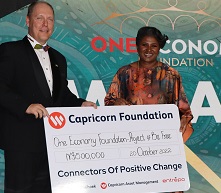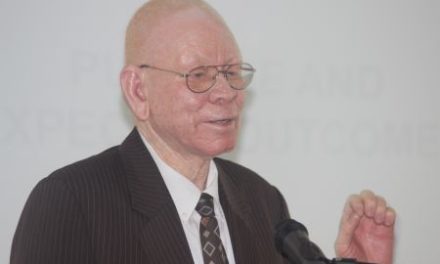
Slow agricultural production worsens economic calamity

After an encouraging start to the wet season in October and November 2018, the outlook for agricultural production has worsened substantially due to the prevailing drought, with no further significant rains expected until October as the wet season ended in March according to figures from WFP and Namwater.
Many farmers, especially those in the communal areas, and food-insecure communities (an estimated 500,000 people) across the country are facing a dire situation, which forced the government to declare a state of emergency earlier this month.
Analysts at PSG Wealth Management in a report said, apart from a significant slump in agricultural output, the current water shortages will also impede water-intensive industries, such as the manufacturing of beverages and processed-foods as well as laundry and car-washing services, among others.
“The lower production of local agricultural and manufactured goods will have to be covered by higher imports, which will put upward pressure on consumer prices. Furthermore, the worsening drought is straining an already tight government budget due to efforts to curb bulging public debt. The government has currently set aside N$573 million for drought relief aid, which is already more than the N$211 million that the ministry of finance had budgeted for national emergencies and disasters for the current fiscal year,” the firm stated.
Namibia has historically been a regular victim of droughts, but the period since 2013 has been particularly plagued by dry spells and the current season is the driest since 1981 according to the WFP.
The water levels of most of Namibia’s largest reservoirs are also critically low, while nine of the remaining 13 smaller reservoirs are practically empty, according to NamWater’s latest Dam Bulletin. On 20 May 2019, the total supply of the country’s reservoirs stood at 28% of full capacity compared to 44% of full capacity during the same period last year. As such, the city of Windhoek will be implementing tighter water restrictions from June, with the reservoirs supplying the capital currently below 20% of capacity heading into the dry season.
“The water level of the country’s largest reservoir Hardap (excluding the nearly completed Neckartal Dam, which will overtake Hardap) has fallen to the point that makes extraction difficult and is hampering irrigation-fed agriculture, such as lucerne production, which is a key input for the dairy industry,” PSG noted.











































